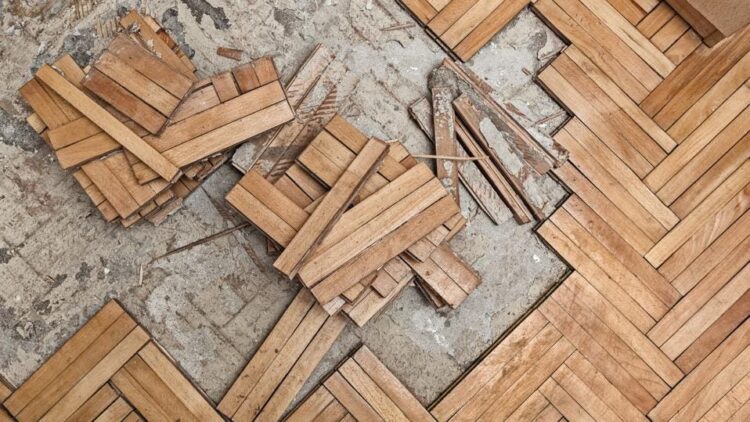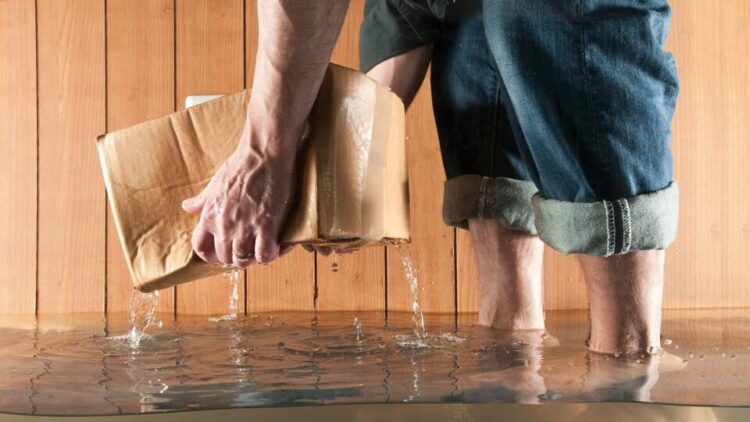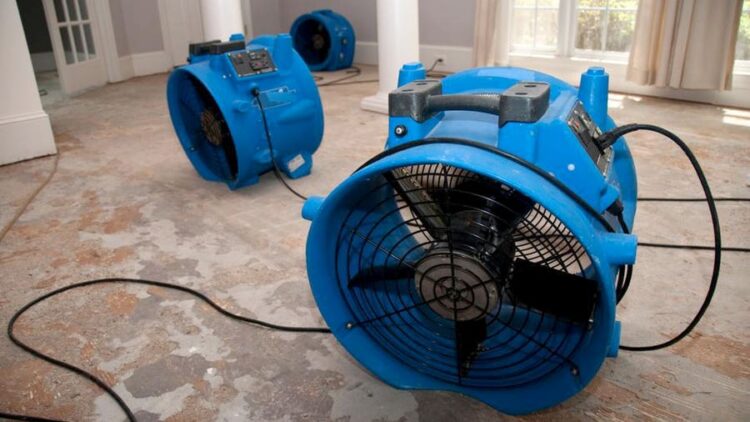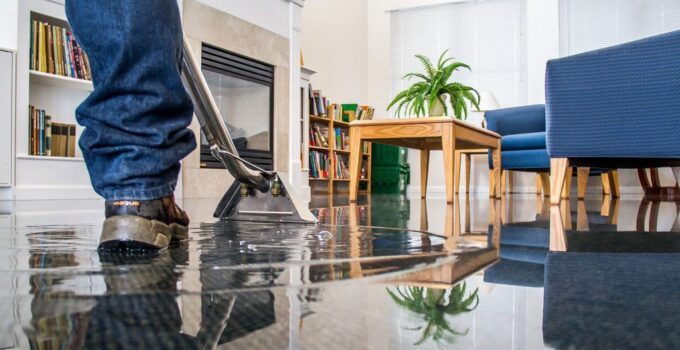Water restoration is a process that involves helping to repair damage caused by water and moisture, such as floods or spills. It can involve anything from removing excess moisture from an area to restoring the structural integrity of materials that were damaged due to the water. Water restoration is an essential part of ensuring your home stays safe and maintains its integrity for years to come, so understanding what it entails and how the process works can help you stay prepared in case of disaster.
And if you may ever experience water damage, just think about Robinson Restoration. They are experienced in water damage restoration and can do a thorough job to ensure you are comfortable. That being said, let’s dive deeper into what water restoration is all about.
Page Contents
Why is Water Restoration Important

Source: forbes.com
Health and safety
When a property is damaged by water, it can create a breeding ground for mold, bacteria, and other harmful pathogens. These can cause serious health problems for anyone living or working in the affected space. Water restoration helps to eliminate these hazards and create a safe environment for occupants.
Structural integrity
Water damage can compromise the structural integrity of a building. Restoration is important to prevent further damage and ensure that the building remains structurally sound.
Salvaging belongings
Water damage can ruin personal belongings and important documents. Restoration can help to salvage these items and minimize losses.
Preventing further damage
If left unchecked, water damage can spread and cause even more damage. Restoration helps to prevent further damage and minimize the overall cost of repairs.
Insurance coverage
Many insurance policies require prompt action to mitigate water damage and may not cover losses that result from delays in restoration. Prompt water restoration can help to ensure that insurance claims are properly processed and covered.
Types of Water Damage

Source: forbes.com
Clean Water Damage
This type of water damage is caused by clean water from sources such as broken pipes, overflowing sinks, or rainwater. Although the water may be clean, it can still cause damage to the building’s structure and belongings.
Grey Water Damage
Grey water is slightly contaminated water that may contain chemicals, bacteria, or other harmful substances. Sources of grey water damage include overflowing washing machines, dishwashers, or toilet water containing urine. This type of water damage can pose a health risk to occupants and requires professional cleaning and disinfecting.
Black Water Damage
Black water is highly contaminated water that contains sewage, chemicals, or other hazardous substances. It can result from flooding, sewage backups, or natural disasters. Black water is extremely hazardous to human health and requires immediate professional intervention for cleanup and restoration.
Damage from Moisture
Moisture damage occurs when there is excess humidity or moisture in the air, leading to mold growth, water stains, and damage to paint, wallpaper, and flooring. It can occur due to high humidity, condensation, or leaks from pipes or roofs. Moisture damage can also lead to health problems if mold spores are inhaled.
The Steps Involved in the Water Restoration Process

Source: forbes.com
Step 1: Evaluation and Assessment
The first and foremost step in the water restoration process is to assess the extent of the damage. This evaluation helps the restoration professionals determine the type and severity of the damage, the level of water contamination, and the necessary equipment and resources required for restoration. This step is crucial as it ensures that the restoration plan is tailored to your specific situation and that all the risks and challenges are identified.
Step 2: Water Removal
Once the evaluation is complete, the next step is to start removing the water from the affected area. Depending on the volume of water, the restoration professionals may use specialized equipment, such as pumps and vacuums, to extract the standing water. This step is crucial, as it helps prevent further damage to your property, as well as reduces the risk of mold growth.
Step 3: Drying and Dehumidification
After the water has been removed, the area needs to be thoroughly dried to prevent any residual moisture from causing further damage. The restoration experts use specialized dehumidifiers and air movers to ensure that the environment is dried completely. This step helps prevent mold growth, which can be hazardous to your health.
Step 4: Cleaning and Sanitation
Once the drying process is complete, the next step is to clean and sanitize the affected area thoroughly. Restoration professionals use specialized equipment and cleaning products to remove any debris, dust, and bacteria from the affected surfaces. This step ensures that your property is restored to a safe and healthy condition.
Step 5: Restoration and Repairs
The final step in the water restoration process is to restore your property to its pre-damage condition. This step includes repairing any structural damage, such as walls, floors, and ceilings. Additionally, the restoration professionals can assist with upholstery and carpet cleaning and restoration, as well as the removal and disposal of any damaged belongings. This step ensures that your property looks and feels like nothing ever happened.




